Every Marketing Reel Needs a Hook — Automated Testing Sharpens It
Retail TouchPoints
SEPTEMBER 15, 2021
Every year, retail brands miss out on potential revenue to the tune of $18 billion (according to Forrester research) thanks to abandoned carts. That doesn’t mean rude people ditching their physical shopping carts in the parking lot, but millions of consumers being lost in the online purchase funnel for a variety of reasons.


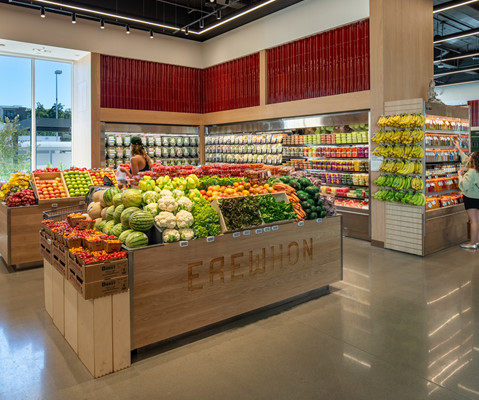
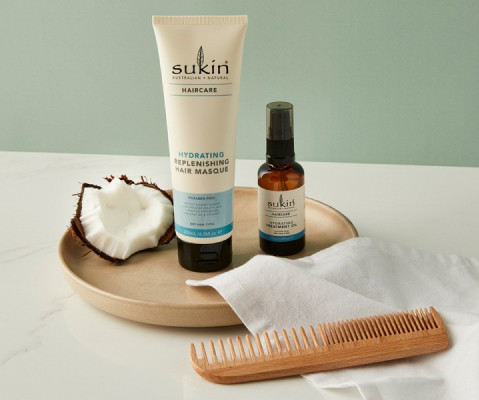

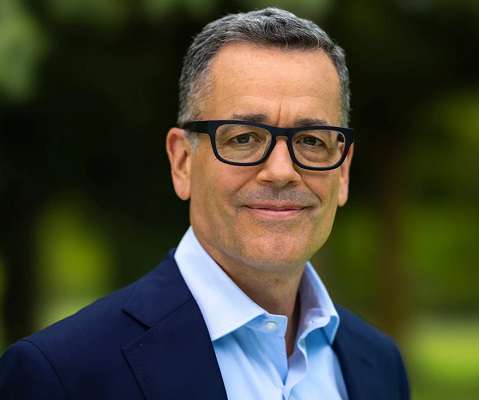
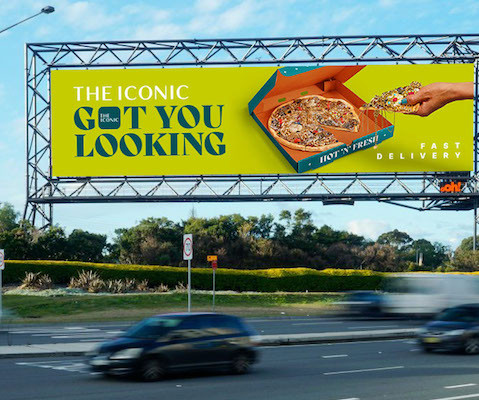

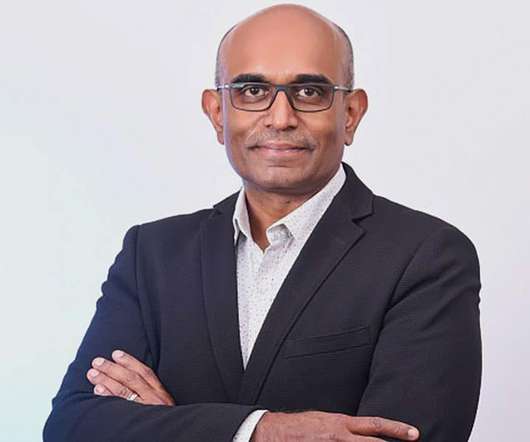
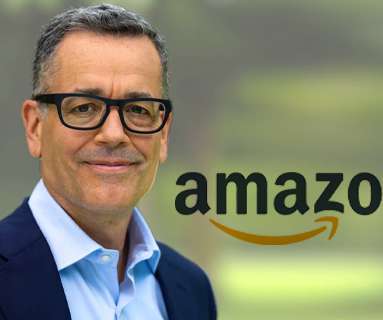







Let's personalize your content